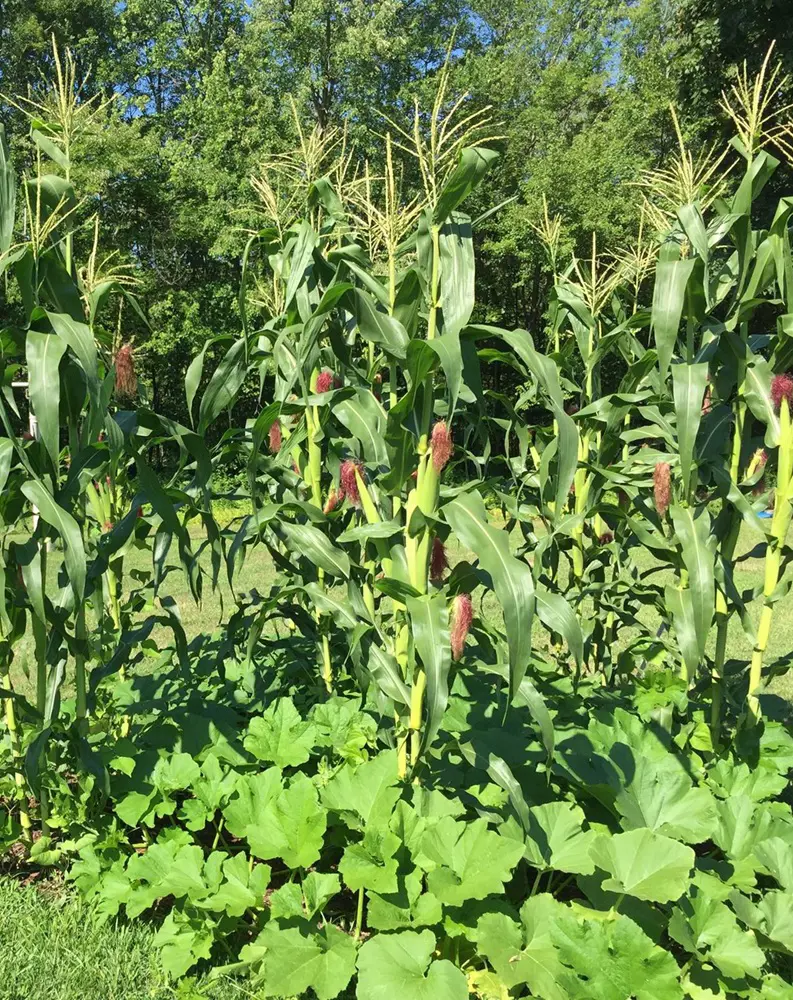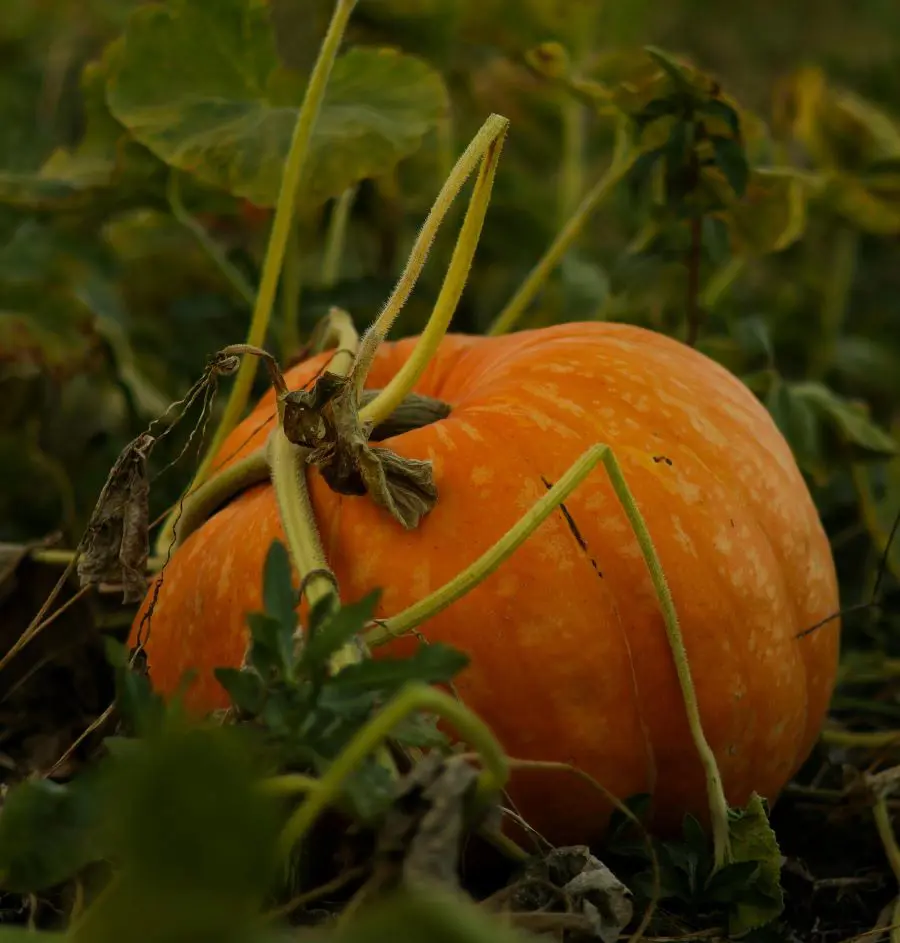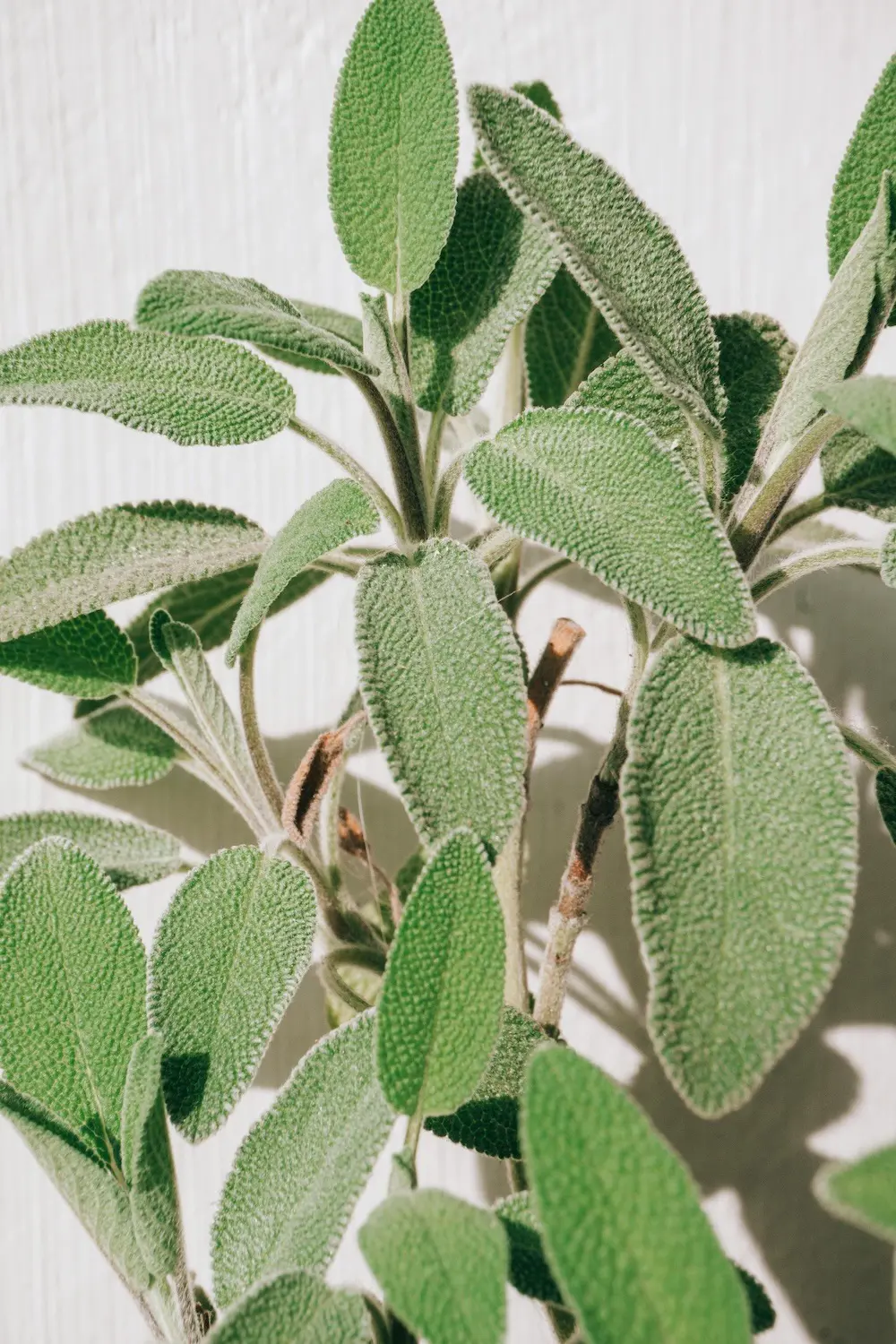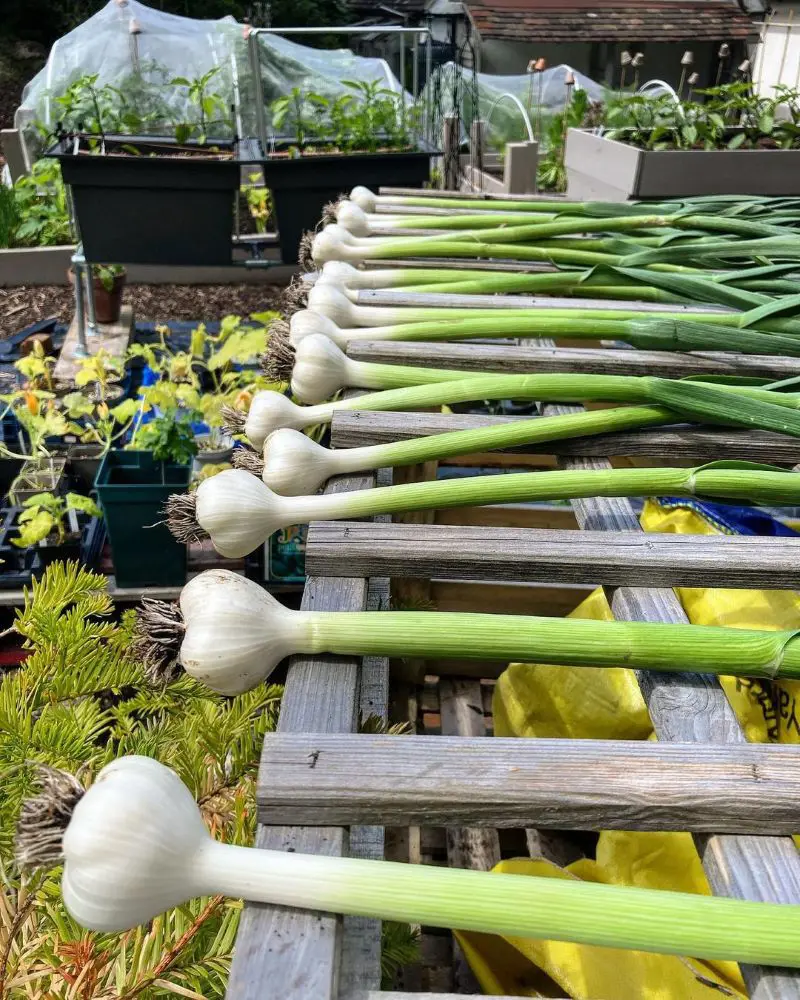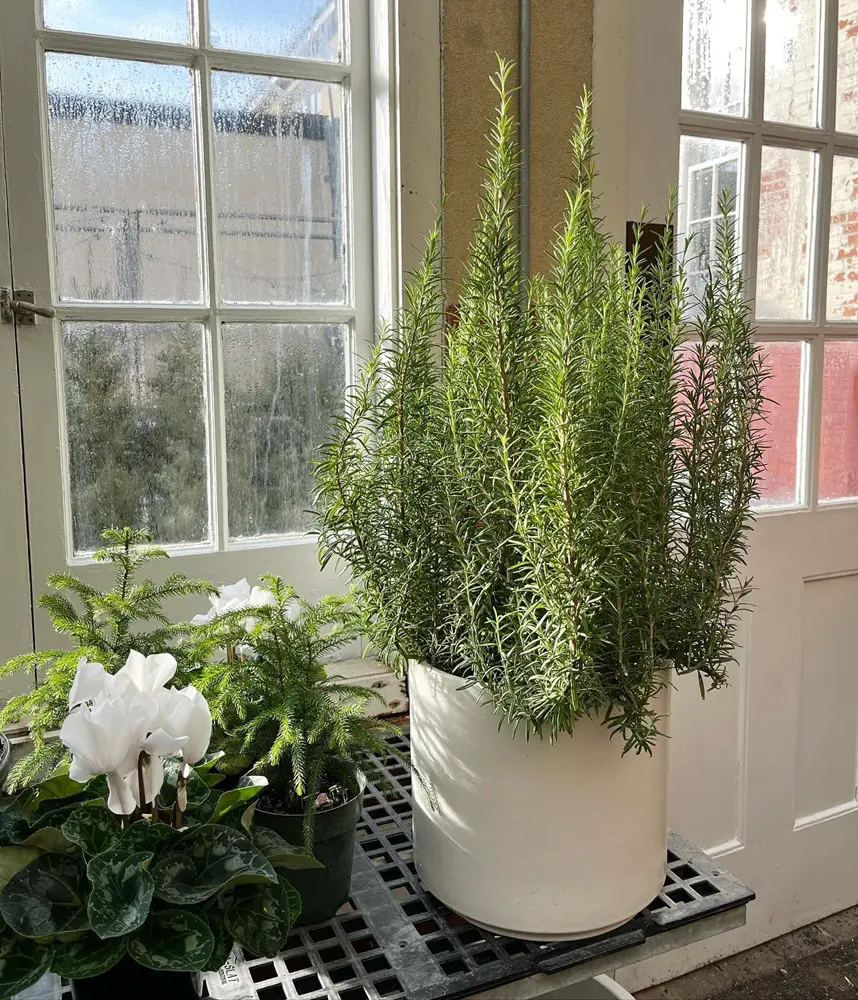The Three Sisters garden is a traditional planting technique rooted in Native American agriculture, particularly among tribes in the Northeastern United States. This method involves growing corn, beans, and squash together in a symbiotic arrangement that benefits all three crops.
The Three Sisters garden isn't just about growing food; it's a harmonious system that maximizes space, minimizes pests, and enhances soil fertility, making it an excellent choice for sustainable gardening.
In this article, we'll explore everything about the Three Sisters Garden, including which seeds to plant, how to grow and maintain this garden, and the best times and methods for planting.
What is the Three Sisters?
The Three Sisters refers to a trio of crops—corn, beans, and squash—that were commonly planted together by various Native American tribes. This interplanting method takes advantage of the complementary characteristics of each plant to create a self-sustaining ecosystem.
- Corn: Corn acts as the central structure, providing a natural pole for the beans to climb. It grows tall and strong, forming the backbone of the Three Sisters garden.
- Beans: Beans are nitrogen-fixing plants, meaning they take nitrogen from the air and convert it into a form that plants can use. This enriches the soil, benefiting all three crops. The beans climb the corn stalks, which supports their growth and keeps them off the ground.
- Squash: Squash plants spread out along the ground, acting as a living mulch. Their broad leaves shade the soil, reducing weeds and retaining moisture. Additionally, the prickly vines of squash plants can help deter pests.
This trio works together in a balanced ecosystem. The corn offers support, the beans provide nitrogen, and the squash protects the soil and deters pests.
Which Seeds to Plant in a Three Sisters Garden?
Choosing the right varieties of corn, beans, and squash is crucial for the success of your Three Sisters garden. Here are some recommendations:
- Corn: Traditional varieties of corn, such as flint corn, flour corn, or dent corn, are preferred over sweet corn because they grow taller and stronger. Varieties like 'Golden Bantam' or 'Hopi Blue' are excellent choices.
- Beans: Pole beans are essential since they climb the corn stalks. Avoid bush beans, which do not climb. Varieties such as 'Kentucky Wonder' or 'Scarlet Runner' are suitable options.
- Squash: Choose sprawling varieties of squash or pumpkins. Winter squash, such as 'Butternut' or 'Hubbard', are ideal because they have a long growing season and large leaves. Summer squash can also work, but they may not provide as much ground cover.
How to Grow a Three Sisters Garden?
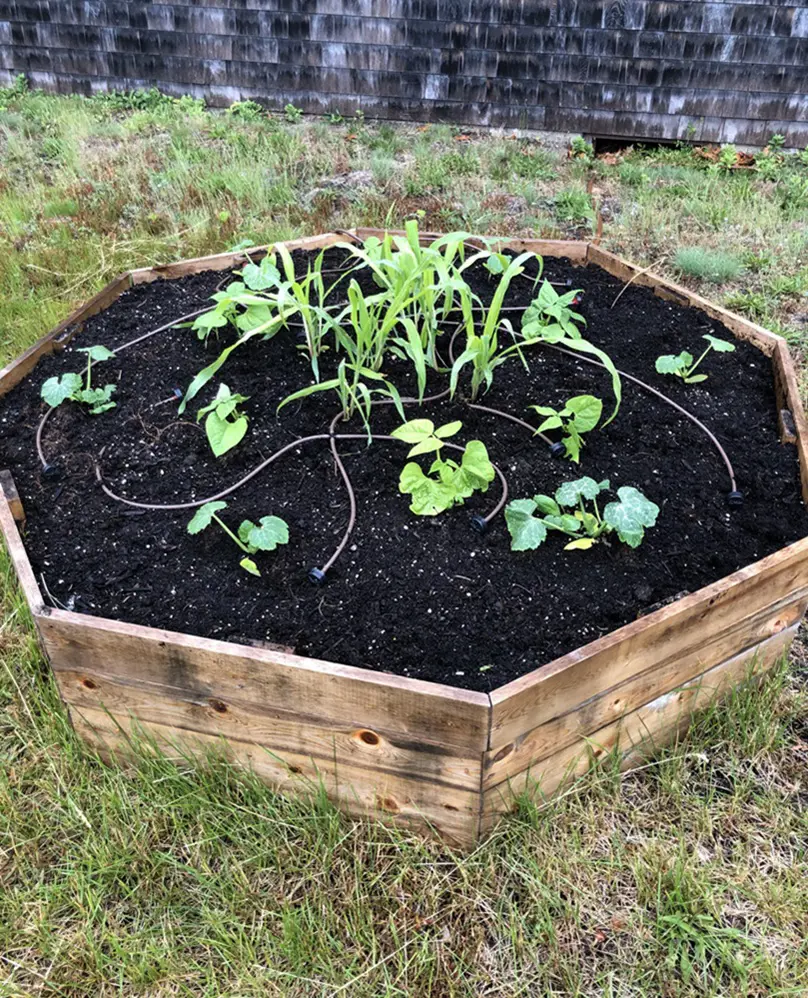
Growing a Three Sisters garden involves careful planning and timing to ensure that each plant benefits from the others. Here’s a step-by-step guide to help you cultivate your own Three Sisters garden.
Step 1: Site Selection and Preparation
- Location: Choose a sunny location with well-draining soil. The area should receive at least six to eight hours of sunlight daily. Corn, beans, and squash all thrive in full sun, and sufficient sunlight is essential for photosynthesis and healthy plant growth.
- Soil Preparation: Work the soil to a depth of about 12 inches, incorporating organic matter like compost to enhance fertility and drainage. Soil should be rich in organic matter, loose, and well-draining. Adding compost or well-rotted manure can improve soil structure and nutrient content. Ensure the soil pH is between 6.0 and 6.8.
- Layout: Traditional Three Sisters gardens are often planted in mounds or hills. These mounds should be about 12 inches high and 18 inches wide, spaced about 4 feet apart. The elevated mounds improve drainage and soil warmth, benefiting the seeds. In larger gardens, rows can be spaced about 5 feet apart.
Step 2: Planting Corn
- Timing: Plant corn seeds after the last frost date when the soil has warmed to at least 60°F (16°C). Corn is sensitive to cold soil and frost, so it's essential to ensure the soil is warm enough for germination.
- Planting: Sow four to six corn seeds in the center of each mound, about 1 inch deep and spaced evenly in a small circle. Water the seeds thoroughly after planting. Corn should be planted in blocks rather than single rows to improve pollination. Good pollination results in better ear development.
- Thinning: Once the corn seedlings reach about 6 inches in height, thin them to three plants per mound. This reduces competition for nutrients and allows the remaining plants to grow stronger.
Step 3: Adding Beans
- Timing: Wait until the corn is about 6 inches tall, which typically takes two to three weeks. This ensures that the corn is sturdy enough to support the climbing beans.
- Planting: Plant four to six bean seeds around each corn plant, about 1 inch deep. Space the seeds evenly to allow the beans to climb the corn stalks. Beans should be planted at the base of the corn so they can naturally find their way to climb the stalks.
- Thinning: Once the beans have sprouted and are a few inches tall, thin them to three plants per mound. This prevents overcrowding and ensures that each plant has enough resources to thrive.
Step 4: Planting Squash
- Timing: Wait until the beans have sprouted and are a few inches tall. This timing ensures that the squash does not overshadow the young corn and bean plants.
- Planting: Plant four to six squash seeds around the perimeter of each mound, about 1 inch deep. Ensure there is enough space for the squash vines to spread out. Squash plants need plenty of room to sprawl and will act as a living mulch to suppress weeds and retain soil moisture.
- Thinning: Once the squash seedlings are established and a few inches tall, thin them to two or three plants per mound. This prevents overcrowding and allows each plant enough space to grow.
When and How to Plant?
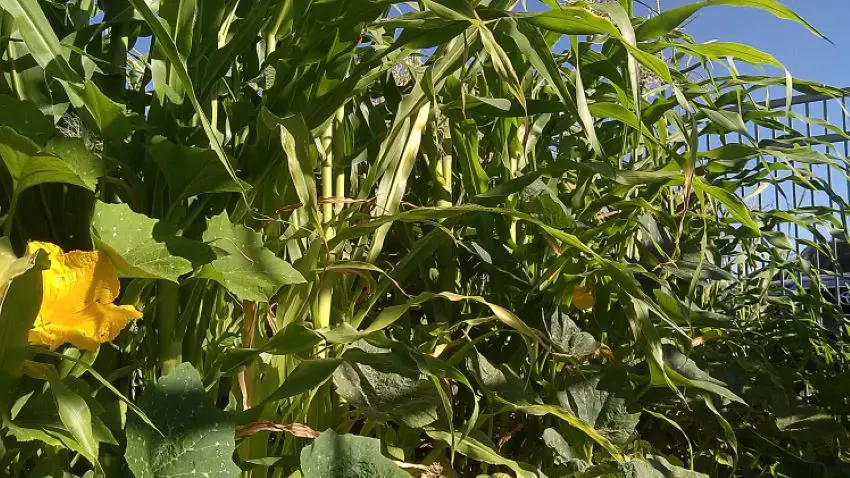
Timing
The timing of planting is crucial to ensure that each plant benefits from the others and grows successfully.
- Corn: Plant corn seeds after the danger of frost has passed and the soil temperature has reached at least 60°F (16°C). In most regions, this is typically in late spring. Monitor soil temperature with a soil thermometer to ensure optimal conditions for corn germination.
- Beans: Plant beans two to three weeks after the corn, when the corn is about 6 inches tall. Beans germinate quickly and can be planted once the soil temperature is consistently above 60°F (16°C).
- Squash: Plant squash seeds when the beans have sprouted and are a few inches tall. Squash seeds require warm soil, around 70°F (21°C), to germinate and grow effectively.
Planting
- Planting Corn: Create mounds as described earlier, spacing the seeds in a small circle in the center of each mound. Water thoroughly after planting. Ensure good soil contact by pressing the seeds lightly into the soil.
- Planting Beans: Once the corn is tall enough, plant the beans around the corn in each mound, spacing them evenly. Water thoroughly after planting. Beans benefit from being inoculated with rhizobium bacteria to enhance nitrogen fixation.
- Planting Squash: Once the beans have sprouted, plant the squash around the perimeter of each mound, allowing enough space for the vines to spread. Water thoroughly after planting. Squash seedlings should be kept consistently moist until they are established.
Caring for a Three Sisters Garden
- Watering: Keep the soil consistently moist, especially during dry periods. Water deeply to encourage deep root growth. Corn, beans, and squash all require regular watering, especially during flowering and fruiting stages. Mulching around the base of plants can help retain soil moisture.
- Weeding: Initially, weed the garden regularly to reduce competition for nutrients. As the squash grows, it will help suppress weeds. Hand weeding is preferred to avoid disturbing the roots of the plants. Mulching with straw or leaves can further reduce weed growth.
- Pest Control: Use natural methods to control pests. For instance, interplanting flowers like marigolds can help deter pests. Additionally, the prickly squash vines can help keep pests away from the beans and corn. Companion planting with herbs such as basil or dill can also repel insects. Regularly inspect plants for pests and remove them by hand or with a blast of water.
- Fertilizing: The beans will provide nitrogen to the soil, so additional fertilization may not be necessary. However, if the plants appear to be struggling, a balanced organic fertilizer can be applied. Corn is a heavy feeder and may benefit from a side dressing of compost or an organic fertilizer high in nitrogen when it is knee-high. Beans and squash typically need less additional fertilization.
- Supporting Beans: Ensure that the beans are climbing the corn stalks properly. Gently guide them if necessary. In windy areas, additional support may be needed to keep corn stalks upright.
- Pruning Squash: If squash vines become too aggressive, you can prune them back slightly to prevent them from overwhelming the corn and beans. Be cautious not to remove too many leaves, as they are vital for photosynthesis and fruit production.
- Soil Health: Rotate the location of your Three Sisters garden each year to prevent soil depletion and reduce the buildup of pests and diseases. Cover crops such as clover or rye can be planted in the off-season to improve soil structure and fertility.
Harvesting

- Corn: Harvest corn when the kernels are plump and the silks have turned brown. Pull back the husk slightly to check for readiness. Corn is typically ready for harvest about 20 days after the silks appear. Harvest in the morning for the best flavor.
- Beans: Harvest beans when they are firm and the pods are bright green. Regular harvesting encourages more production. Beans can be harvested as snap beans when young or left to mature for dry beans. Frequent harvesting increases yield and extends the harvest period.
- Squash: Harvest squash when the fruits are mature and the skin is hard. For winter squash, wait until the vines have died back and the skin is tough. Use a sharp knife or pruner to cut the squash from the vine, leaving a few inches of stem attached to prolong storage life.
